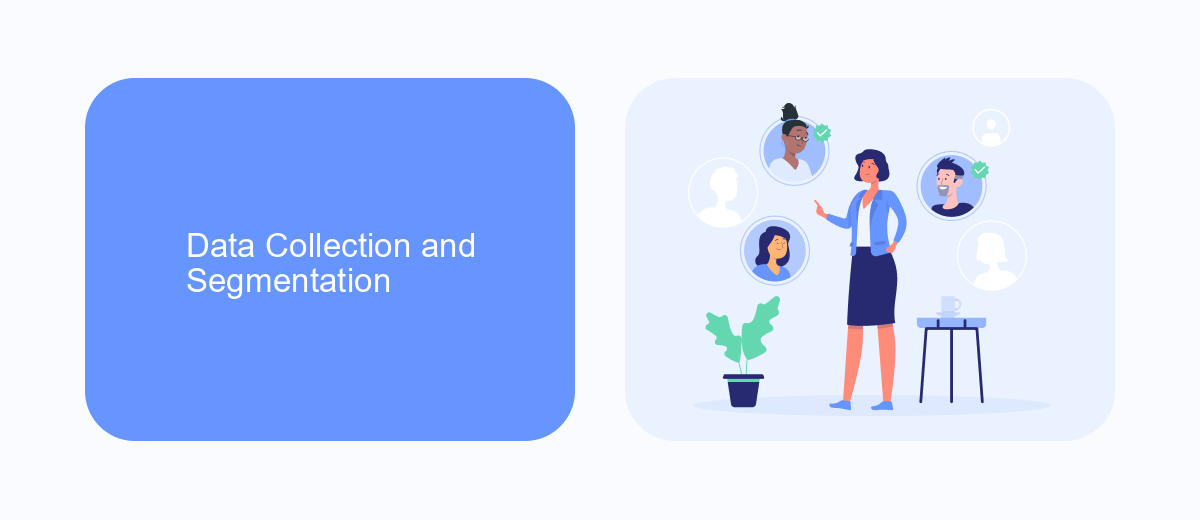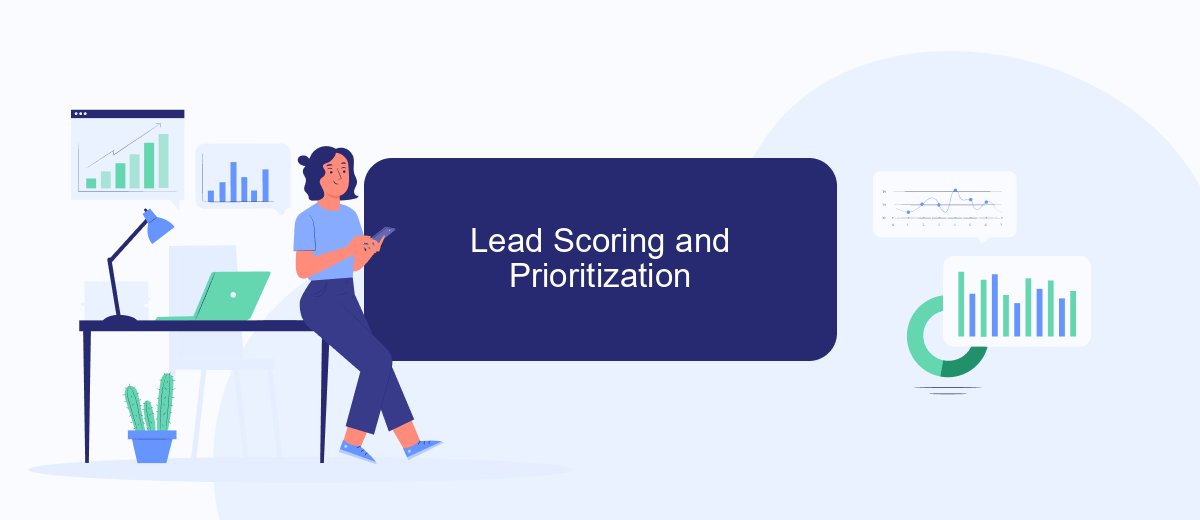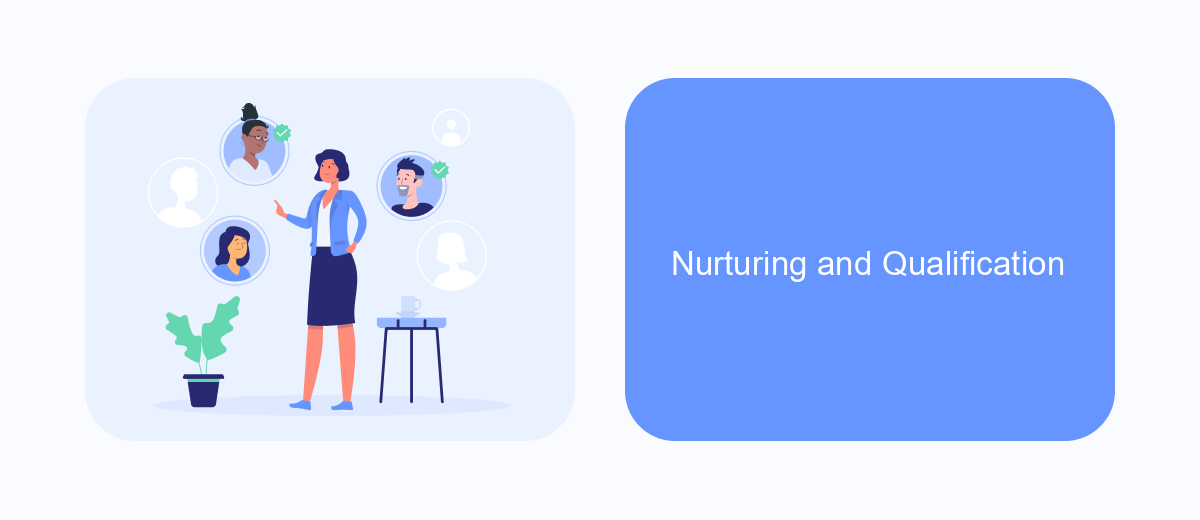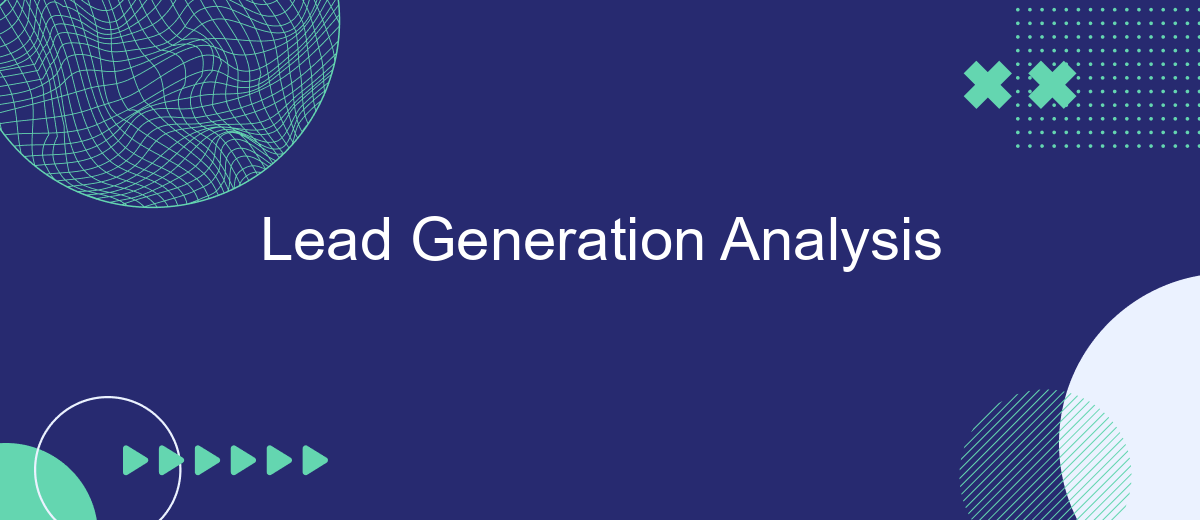Lead generation is a critical component of any successful marketing strategy, driving new prospects into the sales funnel and ultimately converting them into loyal customers. This article delves into the intricacies of lead generation analysis, exploring key metrics, effective strategies, and the latest tools to optimize your efforts. Understanding these elements can significantly enhance your approach and yield higher quality leads.
Lead Generation Analysis Framework
To effectively analyze lead generation, it is crucial to establish a robust framework that encompasses key metrics and strategies. This framework allows businesses to identify successful tactics and areas needing improvement, thereby optimizing their lead generation efforts.
- Define Key Performance Indicators (KPIs): Identify metrics such as conversion rates, cost per lead, and lead quality to measure success.
- Utilize Analytics Tools: Employ tools like Google Analytics and CRM systems to track and analyze lead data.
- Integrate Automation Tools: Services like SaveMyLeads can streamline the process by automating lead data integration, ensuring real-time updates and efficient management.
- Conduct Regular Reviews: Periodically assess the performance of your lead generation strategies to make necessary adjustments and improvements.
By implementing this framework, businesses can gain valuable insights into their lead generation processes. Utilizing services such as SaveMyLeads for seamless integration and automation ensures that lead data is accurately captured and analyzed, ultimately leading to more informed decision-making and enhanced marketing strategies.
Data Collection and Segmentation

The data collection process for lead generation analysis involves gathering relevant information from various sources, such as website analytics, social media platforms, and customer databases. It is crucial to ensure that the data collected is accurate, up-to-date, and comprehensive. Tools like SaveMyLeads can streamline this process by automating the integration of different data sources, ensuring that all relevant information is captured efficiently and accurately. This automation not only saves time but also minimizes the risk of human error, providing a solid foundation for subsequent analysis.
Once the data is collected, it is essential to segment it effectively to gain meaningful insights. Segmentation involves categorizing leads based on specific criteria such as demographics, behavior, or engagement levels. This allows for more targeted marketing strategies and personalized communication. Utilizing advanced segmentation tools and techniques can help identify high-potential leads and tailor marketing efforts to meet their specific needs. By combining automated data collection with precise segmentation, businesses can enhance their lead generation efforts and drive better results.
Lead Scoring and Prioritization

Lead scoring is a crucial step in the lead generation process that helps businesses prioritize their leads based on their potential to convert. By assigning scores to leads based on various criteria such as engagement level, demographic information, and behavioral data, companies can focus their efforts on the most promising prospects. This not only improves efficiency but also increases the likelihood of successful conversions.
- Define scoring criteria: Identify the key factors that indicate a lead's potential value.
- Assign point values: Allocate points to each criterion based on its importance.
- Implement scoring system: Use tools like SaveMyLeads to automate the scoring process and integrate with your CRM.
- Regularly review and adjust: Continuously analyze the effectiveness of your scoring system and make necessary adjustments.
By effectively scoring and prioritizing leads, businesses can ensure that their sales teams are focusing on the right opportunities at the right time. Tools like SaveMyLeads can streamline this process by automating lead scoring and integrating seamlessly with other marketing and sales platforms. This leads to a more efficient workflow and ultimately, higher conversion rates.
Nurturing and Qualification

Nurturing and qualifying leads are crucial steps in the lead generation process. Nurturing involves engaging with leads through personalized communication to build relationships and guide them through the sales funnel. Qualification, on the other hand, ensures that the leads meet specific criteria that make them valuable prospects for your business.
Effective lead nurturing requires a strategic approach. This includes segmenting your audience, creating targeted content, and using automation tools to streamline communication. By nurturing leads, you can increase their interest and readiness to purchase, ultimately improving conversion rates.
- Segment your leads based on demographics, behavior, and engagement levels.
- Create personalized content that addresses the specific needs and pain points of each segment.
- Use email marketing campaigns to maintain regular contact and provide valuable information.
- Implement automation tools like SaveMyLeads to integrate and manage your lead nurturing efforts efficiently.
- Regularly analyze and adjust your nurturing strategies based on lead feedback and performance metrics.
Qualifying leads involves assessing their potential value to your business. This can be done through lead scoring, which assigns values to leads based on their behavior and characteristics. By focusing on high-quality leads, you can allocate resources more effectively and close deals faster.
- Automate the work with leads from the Facebook advertising account
- Empower with integrations and instant transfer of leads
- Don't spend money on developers or integrators
- Save time by automating routine tasks
Measurement and Optimization
Effective lead generation analysis starts with precise measurement. Key performance indicators (KPIs) such as conversion rates, cost per lead, and customer acquisition costs should be meticulously tracked. Utilizing analytics tools like Google Analytics or CRM systems can provide invaluable insights into the performance of your lead generation campaigns. It's crucial to set up proper tracking mechanisms to capture data at every touchpoint in the customer journey. This data-driven approach allows for the identification of successful strategies and areas needing improvement.
Optimization is the next critical step in enhancing lead generation efforts. By continuously analyzing the collected data, businesses can make informed decisions to refine their strategies. Integrating automation tools like SaveMyLeads can streamline the process by automating lead data transfer from various platforms to your CRM. This ensures real-time updates and reduces manual errors, thereby improving efficiency. Regular A/B testing of landing pages, email campaigns, and ad creatives can also provide actionable insights, leading to higher conversion rates and better ROI. Consistent optimization ensures that your lead generation efforts remain effective and aligned with business goals.
FAQ
What is lead generation analysis?
Why is lead generation analysis important?
What metrics should be tracked in lead generation analysis?
How can automation tools assist in lead generation analysis?
What are common challenges in lead generation analysis?
Would you like your employees to receive real-time data on new Facebook leads, and automatically send a welcome email or SMS to users who have responded to your social media ad? All this and more can be implemented using the SaveMyLeads system. Connect the necessary services to your Facebook advertising account and automate data transfer and routine work. Let your employees focus on what really matters, rather than wasting time manually transferring data or sending out template emails.

